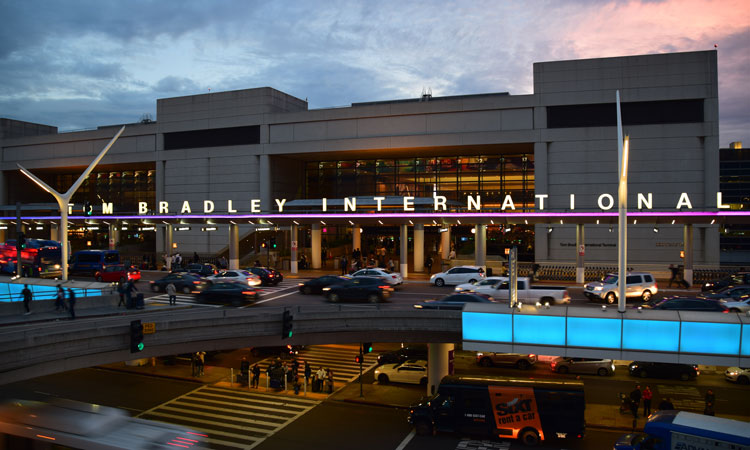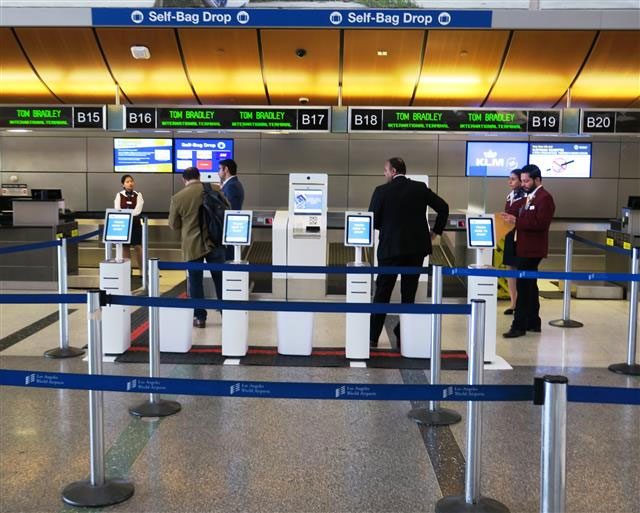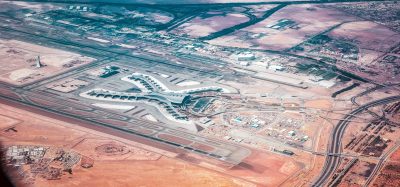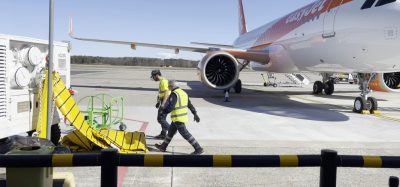Self-service bag-drop system trialled at LAX’s Tom Bradley terminal
- Like
- Digg
- Del
- Tumblr
- VKontakte
- Buffer
- Love This
- Odnoklassniki
- Meneame
- Blogger
- Amazon
- Yahoo Mail
- Gmail
- AOL
- Newsvine
- HackerNews
- Evernote
- MySpace
- Mail.ru
- Viadeo
- Line
- Comments
- Yummly
- SMS
- Viber
- Telegram
- Subscribe
- Skype
- Facebook Messenger
- Kakao
- LiveJournal
- Yammer
- Edgar
- Fintel
- Mix
- Instapaper
- Copy Link
Posted: 26 February 2020 | International Airport Review | No comments yet
A new addition to the Tom Bradley International Terminal will speed up the processing of passengers, and could be enhanced by biometrics in the future.


Los Angeles International Airport (LAX) has installed a faster, easy-to-use self-service bag-drop system in the Tom Bradley International Terminal.
Available in Aisles B and C of the ticketing lobby, the self-service system can be used by passengers flying with Asiana, Cathay Pacific, Lufthansa and Norwegian airlines, with Scandinavian Airlines scheduled to be added.
The pilot will later expand to also include Air France/KLM, ANA, British Airways, Korean Airlines, Singapore Airlines and EVA.


The self-bag-drop system can be found in Aisles B and C at Tom Bradley International Terminal
“A seamless, efficient and easy guest experience is key to creating a world-class airport,” said Justin Erbacci, Interim Chief Executive Officer, Los Angeles World Airports (LAWA). “By integrating state-of-the-art self-service bag-drop technology and improving each point of the passenger journey, we continue to transform LAX inside and out.”
To use the new self-service system, a passenger begins by printing a bag tag using either the common-use self-service kiosks or a smaller ‘Tag & Fly’ unit installed in front of the bag-drop area. Once bags are tagged, guests go to the ‘Drop & Fly’ bag-drop unit, which includes a conveyor belt to take bags to the main bag intake system.
The equipment is capable of using additional biometric technology, such as facial recognition, which may be tested later on.
During this phase of the pilot, travellers will scan their boarding passes to access the system. Guests who check in online can also receive a Quick Response (QR) Code that they can scan at the terminal to speed up the experience further.
The pilot test is expected to last four to eight months and LAWA will be closely monitoring the system for processing times, successful transactions and failures, including technical problems and user-generated errors. This data will be used to evaluate and refine the self-service programme.
Related topics
Baggage handling, Passenger experience and seamless travel, Self-service, Terminal operations


















